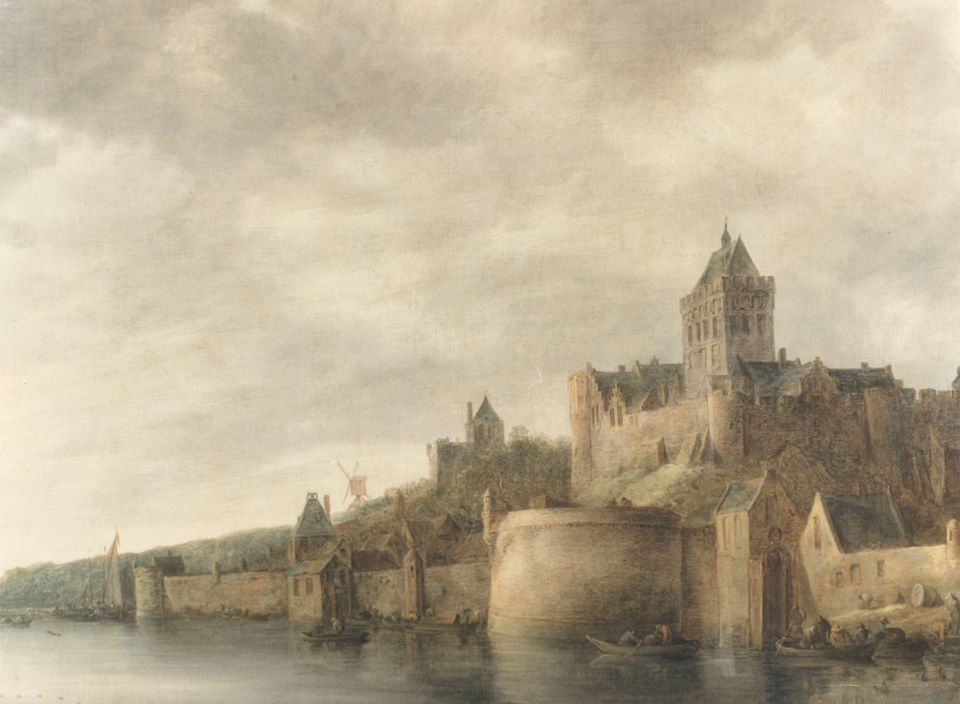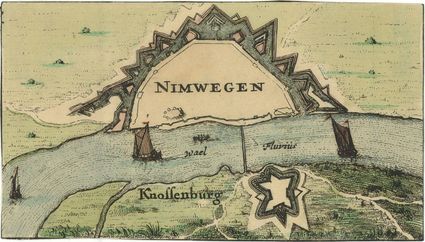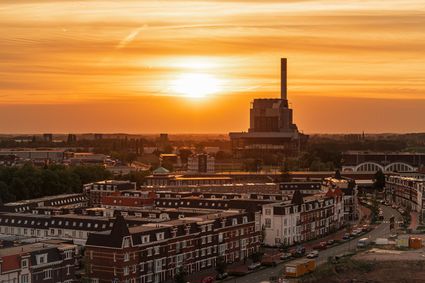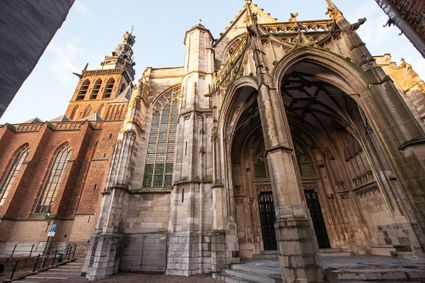Demolition of the castle, Nijmegen loses its crown jewel
Nijmegen is bursting at the seams with historical stories, ranging from leading figures to ordinary people, from neighbourhoods to political events. The Canon of Nijmegen encompasses the most important stories about Nijmegen’s history. One of these stories tells the tale of the demolition of Nijmegen’s centrepiece. In September of 1975, “the first year of Batavian freedom,” the Regional Parliament of Gelderland decided to demolish the dilapidated Valkhof Castle, which was property of the province. The city of Nijmegen protested vehemently, to no avail.
1795: from decay to demolition
At the time, the castle looked neglected and abandoned, and numerous renovations in past centuries had affected its original character. The walls and foundations, dating from the time of Emperor Frederik Barbarossa (twelfth century), were made of tuff. When ground, this material, called trass, was a precious raw component in the preparation of masonry mortar. Because of this, the walls and foundations had already been partly demolished, leaving the remaining building to slowly decay, resulting in dangerous crack in the foundation. Stadholder William V and his family were the last sovereigns to live in the castle (1786-1787). The interior of the castle had been refurbished to provide him with a suitable home; however a majority of provincial assembly of Gelderland thought the maintenance and restoration of the castle would’ve been unnecessarily costly, while the sale of stuff would bring in money.
 A painting by Jan van Goyen, depicting the Valkhof Castle.
A painting by Jan van Goyen, depicting the Valkhof Castle.
The city of Nijmegen fiercely, but unsuccessfully, opposed its demolition. Although the Valkhof wasn’t part of the city – citizens weren’t allowed to set foots on its grounds – the castle was the symbol of the centuries-old sovereign status of the former imperial city. Nijmegen presented historical arguments and referred to the Romans, the Normans, Charlemagne, Frederick Barbarossa – all in the hope of saving the fortress with its “unsightly thick outer walls” from destructions.”
“A flood of tears”
Still, the province persisted. It was no coincidence that the regents of Arnhem, Tiel, Zutphen, and Harderwijk insisted on the demolition of the Valkhof, as the castle reminded these jealous cities too much of Nijmegen’s special position – the revolutionary slogan of “liberty, equality, fraternity” was very convenient for them. Only the Nicolaaskapel was allowed to remain; the Maartenskapel turned into a ruin. The proceeds of the tuff went into the provincial coffers. Nijmegen didn’t receive a single penny.
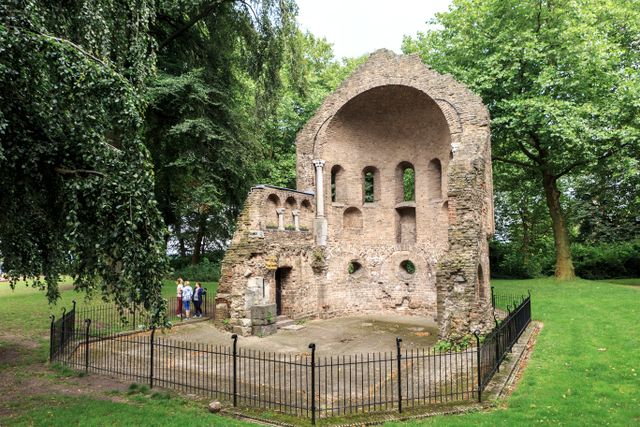
The Maartenskapel in the Valkhofpark
It makes sense, then, why “a flood of tears” started streaming down Dr. Schonck’s face –rector of the Latin school in Nijmegen – when he heard the “hoarse thunderclaps” of the “steel sledgehammers” which reduced the monumental Valkhof Castle to a pile of rubble in 1795. He, and so many others, mourned the loss of the “so famous since antiquity and venerable Imperial Castle, which Nijmegen, with the highest right, may call her centrepiece.”
Immerse yourself in the rich history of the oldest city in the Netherlands, because Nijmegen has a lot of stories to tell you. Curious? You can read all about it in this historical timeline.
